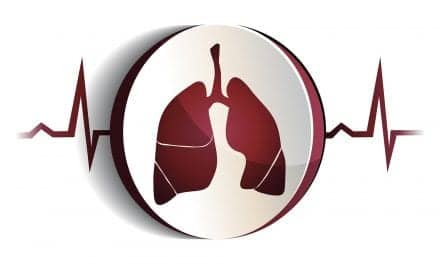Young patients with sickle cell anemia demonstrated more abnormalities in lung volume via lung clearance index compared to healthy counterparts, according to study findings.
Michele Arigliani, MD, PhD, a fellow in the department of respiratory medicine at the UCL Great Ormond Street Institute of Child Health, London, and colleagues aimed to determine whether lung clearance index (LCI), intra-acinar ventilation inhomogeneity (Sacin) and conductive ventilation inhomogeneity (Scond) are more frequently abnormal than lung volumes in young people with sickle cell anemia (SCA). They cross-sectionally assessed nitrogen multiple-breath washout (MBW), spirometry and body plethysmography at steady state in patients with SCA (hemoglobin SS) and healthy controls aged 8 to 21 years from London. Read more here.
Prenatal phthalate exposure linked to reduced lung function during childhood
A study led by the Barcelona Institute for Global Health (ISGlobal), a center supported by the “la Caixa” Foundation, has found that exposure to phthalates in the womb is associated with reduced lung function during childhood. The findings of the study, published in Environmental Pollution, support the European Union’s current restrictions on the use of these substances .
Phthalates are chemical compounds that are widely used as plasticizers, as well as in lacquers and varnishes. They are found in a wide variety of consumer products, ranging from toys to food packaging, clothing, detergents, cosmetics, solvents, etc. Over time, phthalates in these products leach into the surrounding environment-; for example, into the air, dust and food-; making them virtually ubiquitous. Moreover, human exposure to phthalates starts as early as in utero, given that these compounds are able to cross the placental barrier. Phthalates act as endocrine disruptors and have been associated with numerous developmental and reproductive health problems. Read more here.










